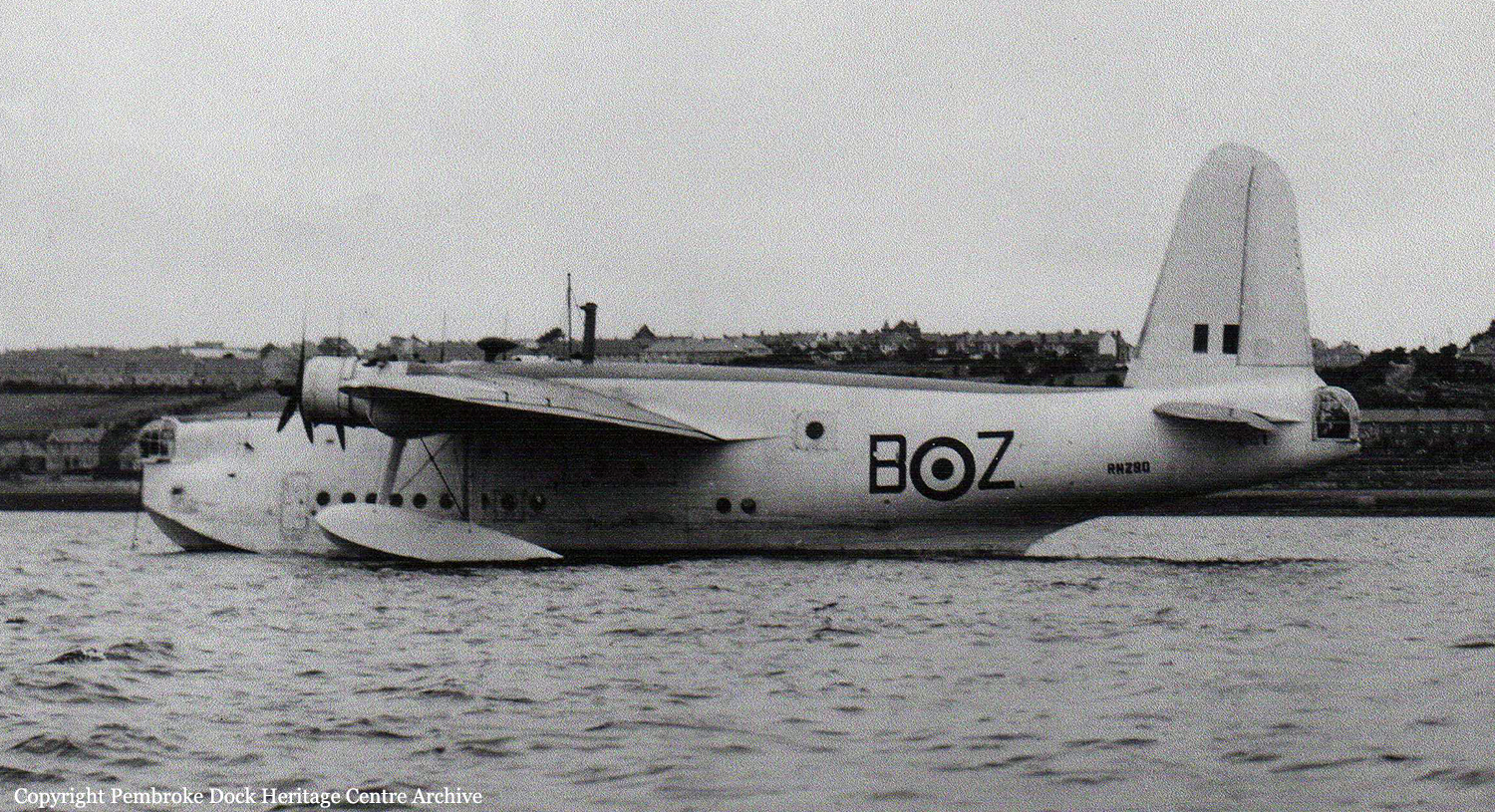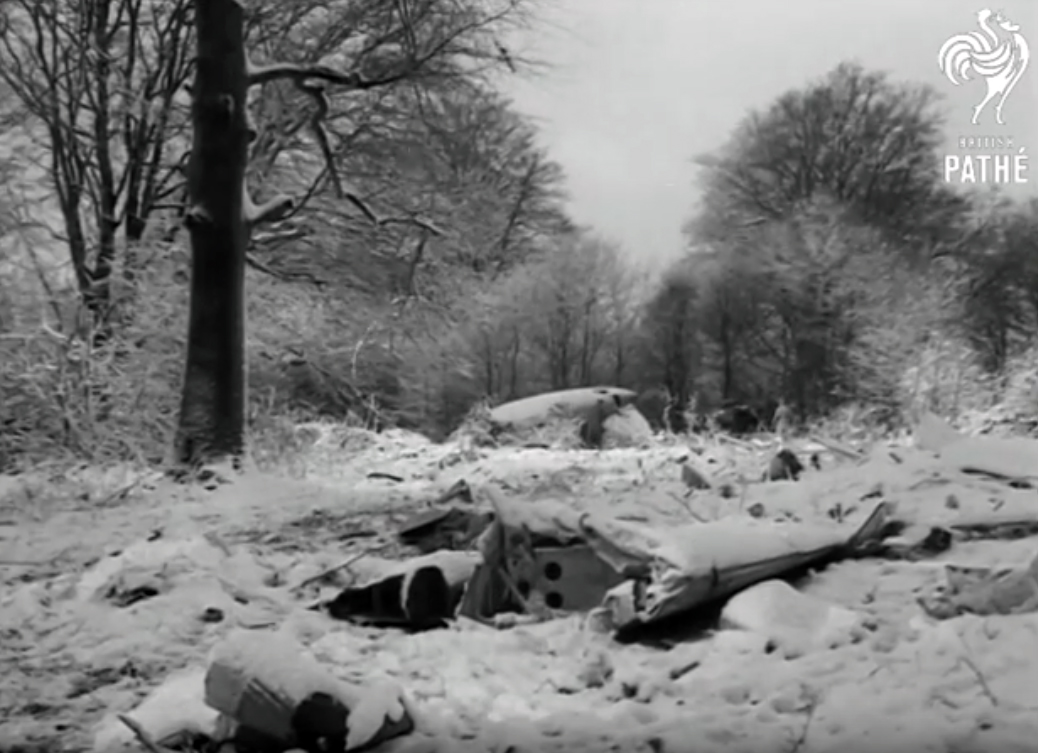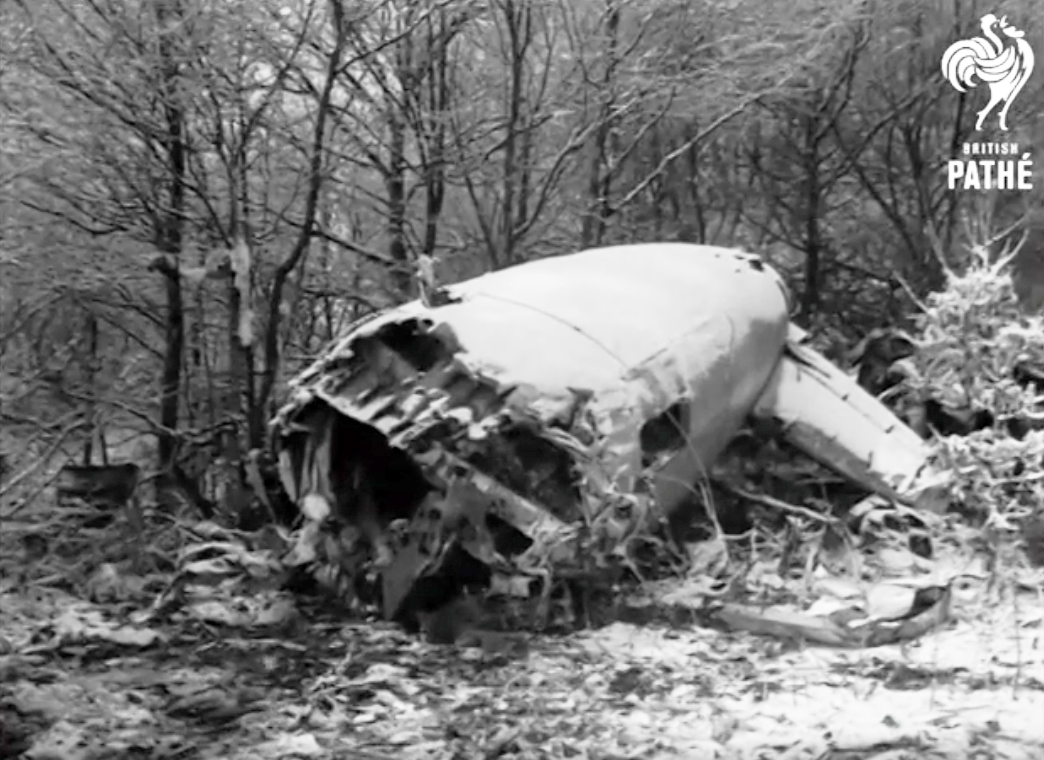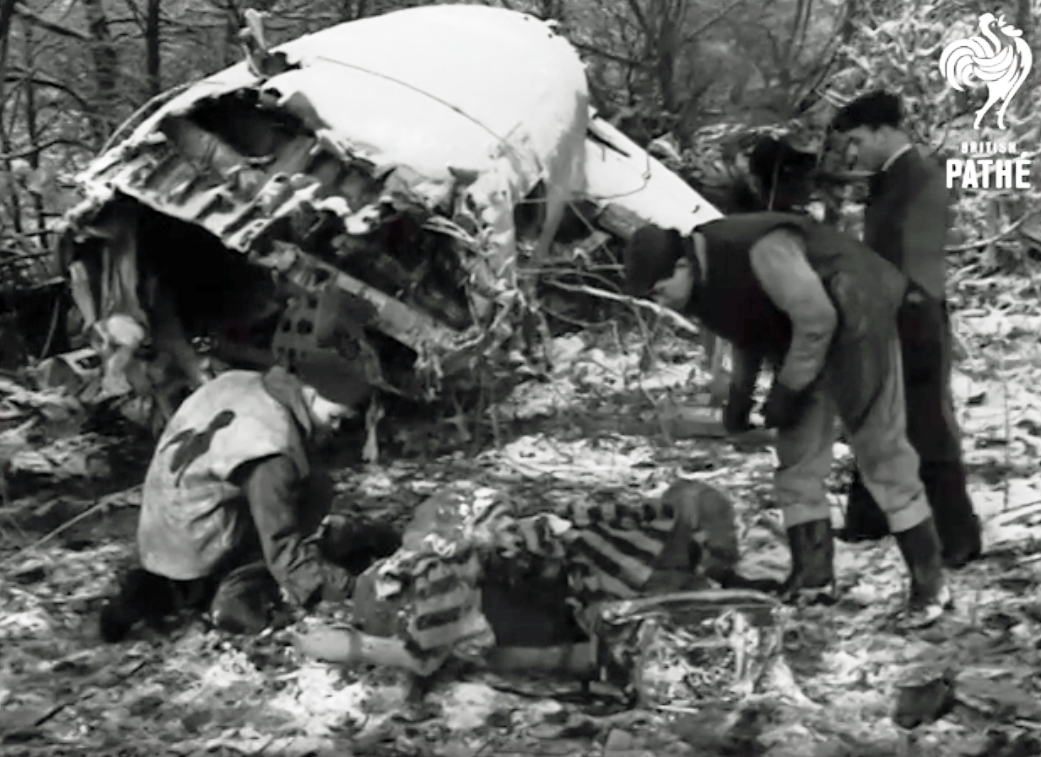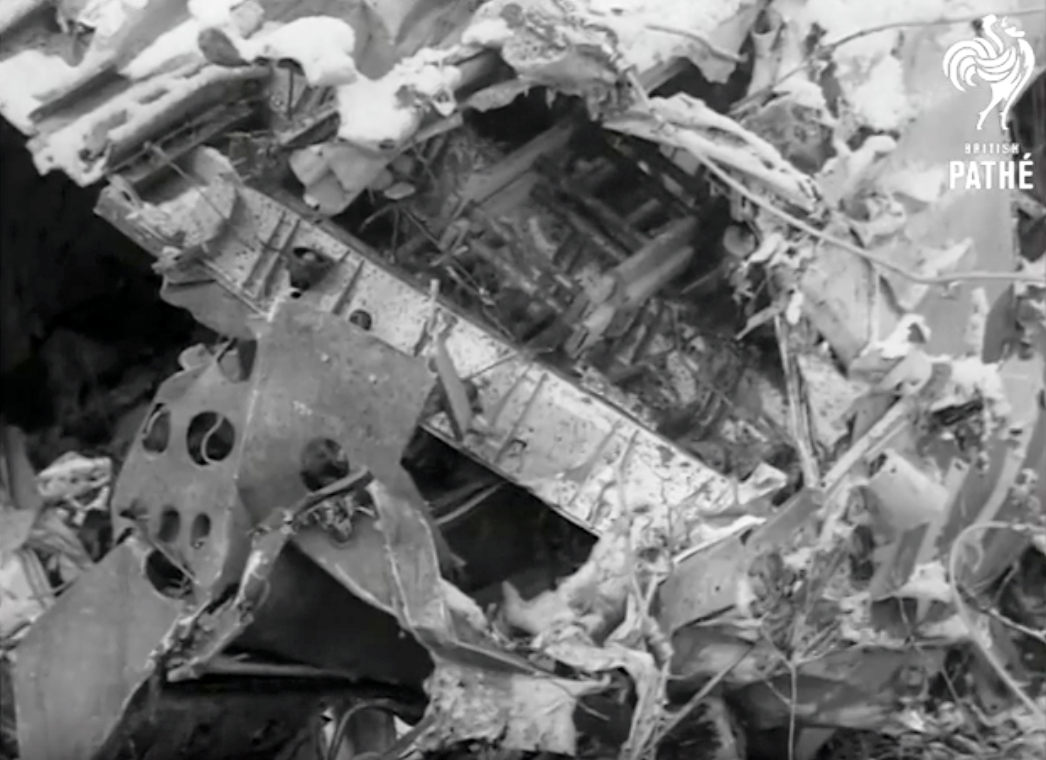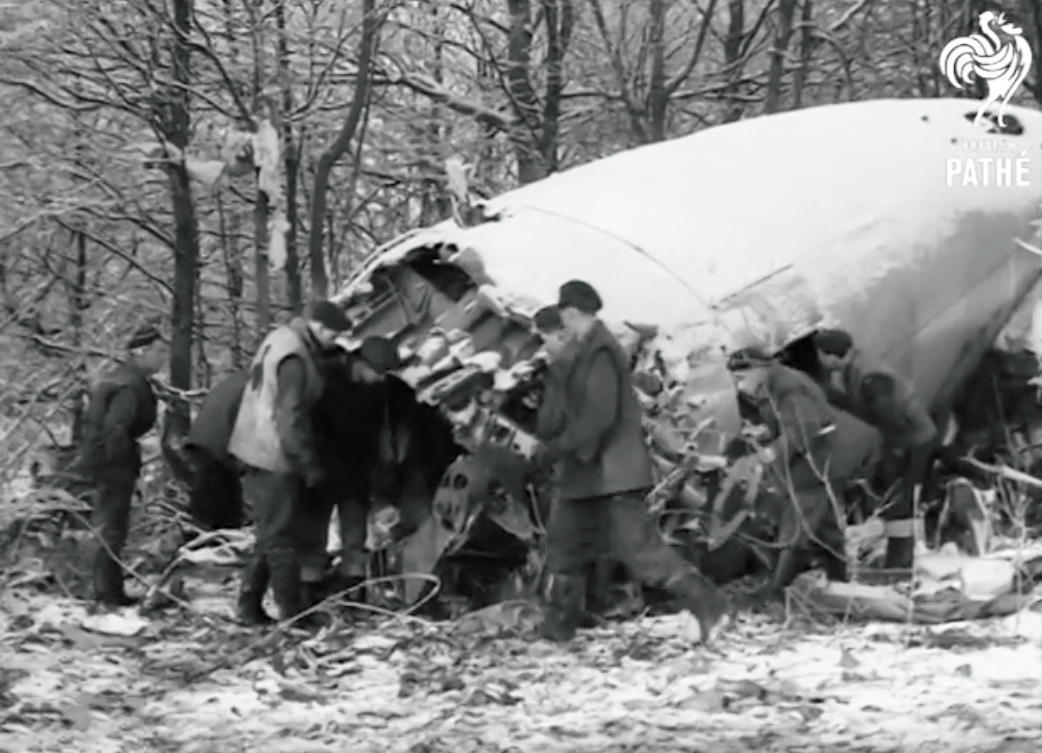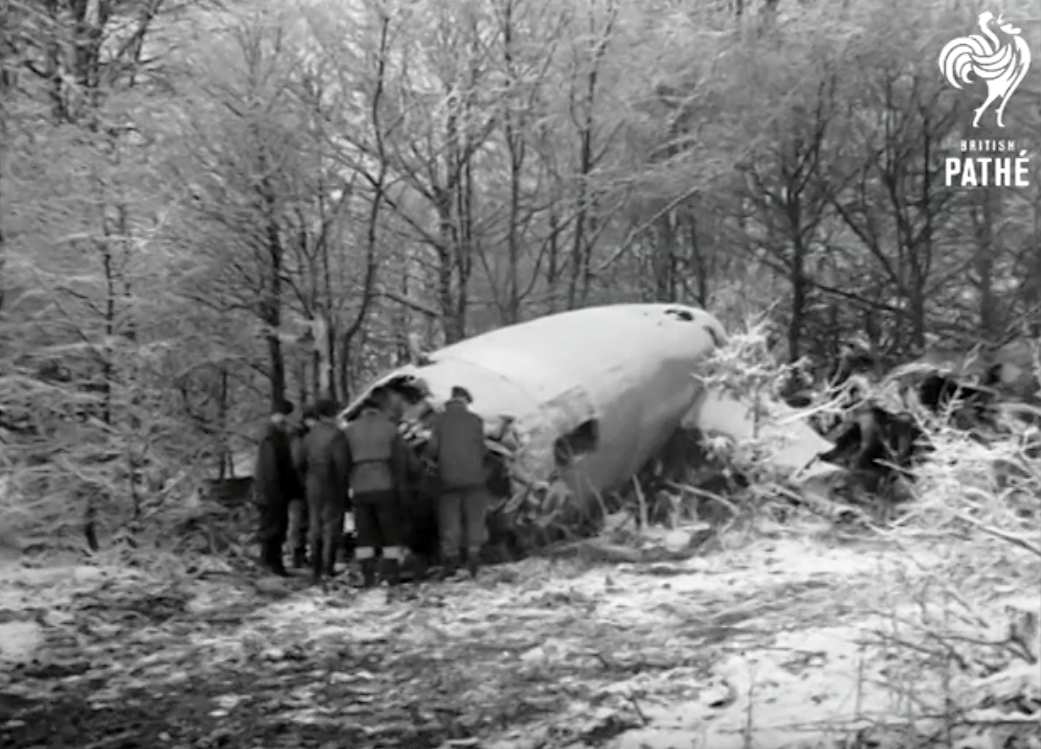Crash of an Avro 696 Shackleton MR.2 off Gozo Island: 10 killed
Date & Time:
Feb 12, 1954
Registration:
WL794
Survivors:
No
Schedule:
Luqa - Luqa
YOM:
1953
Crew on board:
10
Crew fatalities:
Pax on board:
0
Pax fatalities:
Other fatalities:
Total fatalities:
10
Circumstances:
The crew left Luqa Airfield for a training mission consisting of an aerial attack against the submarine HMS Tudor. While completing a turn at low height, the pilot-in-command lost control of the aircraft that crashed into the sea about seven km southwest of Gozo Island, Malta. All ten crew members were killed.


